From hosting millions of animal species to a rich variety of flora and fauna, our country is undoubtedly home to incredible biodiversity. In a first, a rare sighting of four elusive clouded leopards has been reported in Nagaland’s Kiphire district.
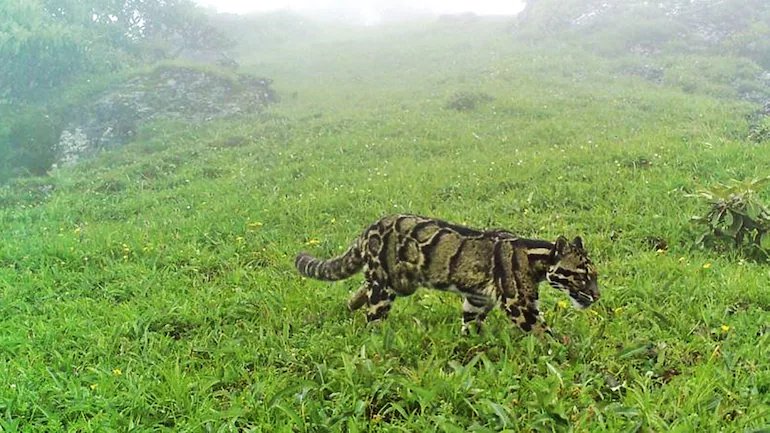
A group of researchers, led by the Delhi-based non-profit Wildlife Protection Society of India (WPSI), captured some incredible pictures of the rare-breed leopards at an elevation of 3,700 metres in a community-owned forest of Thanamir village, alongside the Indo-Myanmar border. Reportedly, it is the highest altitude where the elusive big cat has been spotted in the entire world.
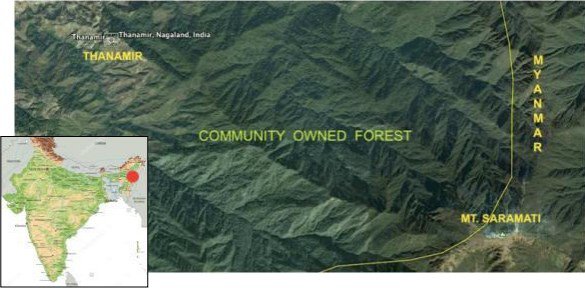
The clouded leopards are the smallest of the large wild cats and are categorized as ‘vulnerable’ under the IUCN classification.
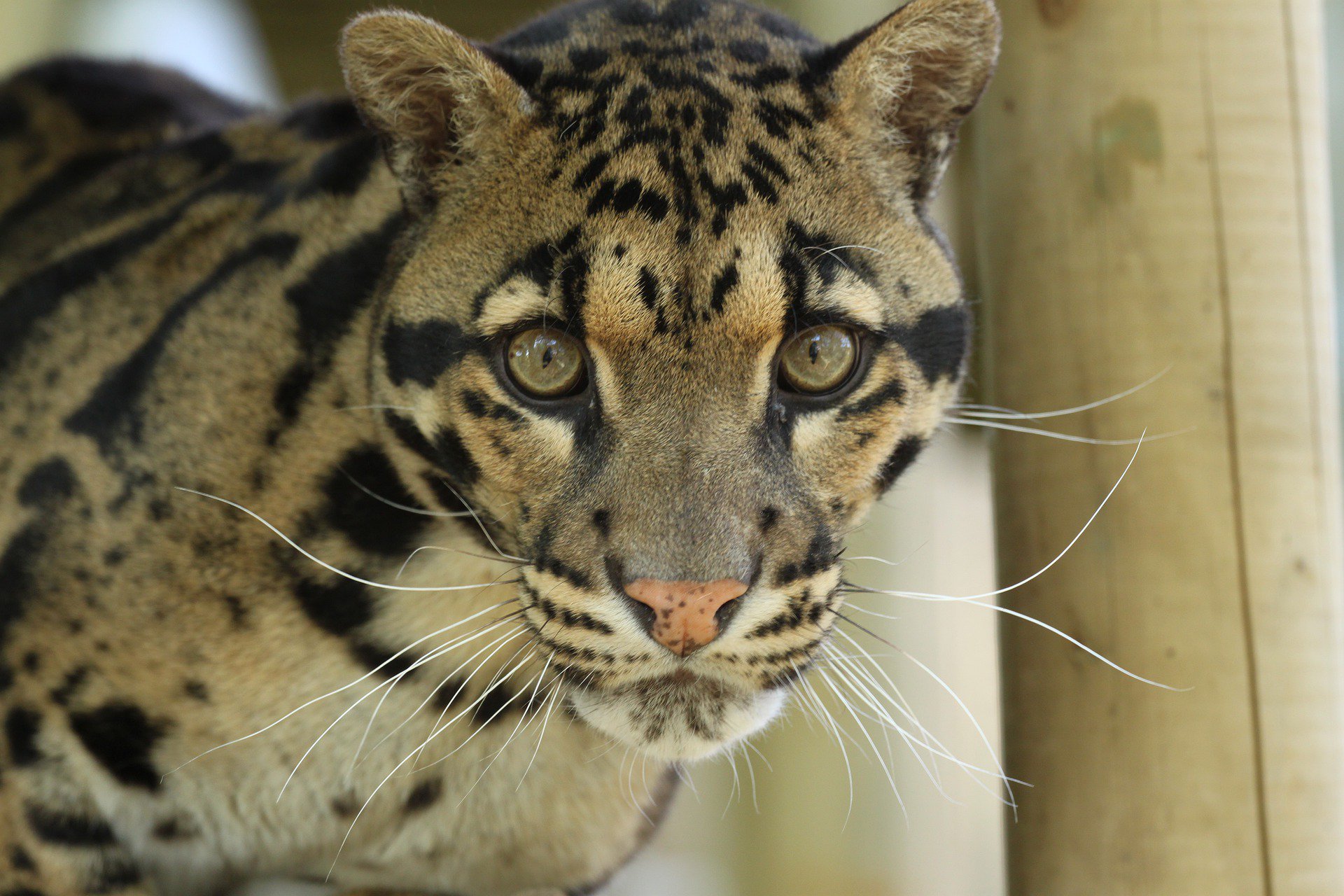
Authored by Ramya Nair, Alemba Yimkhiung, Hankiumong Yimkhiung, Kiyanmong Yimkhiung, Yapmuli Yimkhiung, Toshi Wungtung, Avinash Basker and Sahil Nijhawan, the report said:
In total, we have evidence of at least two adults and two cubs. Two distinct individuals were photo captured at a camera placed above the tree line at 3,700 m close to the summit of Mt. Saramati. Another individual was photo captured at 3,436 m. All high elevation records are from summer months suggesting that clouded leopards may seasonally expand their range upwards as the snow recedes and higher ridges attract prey.
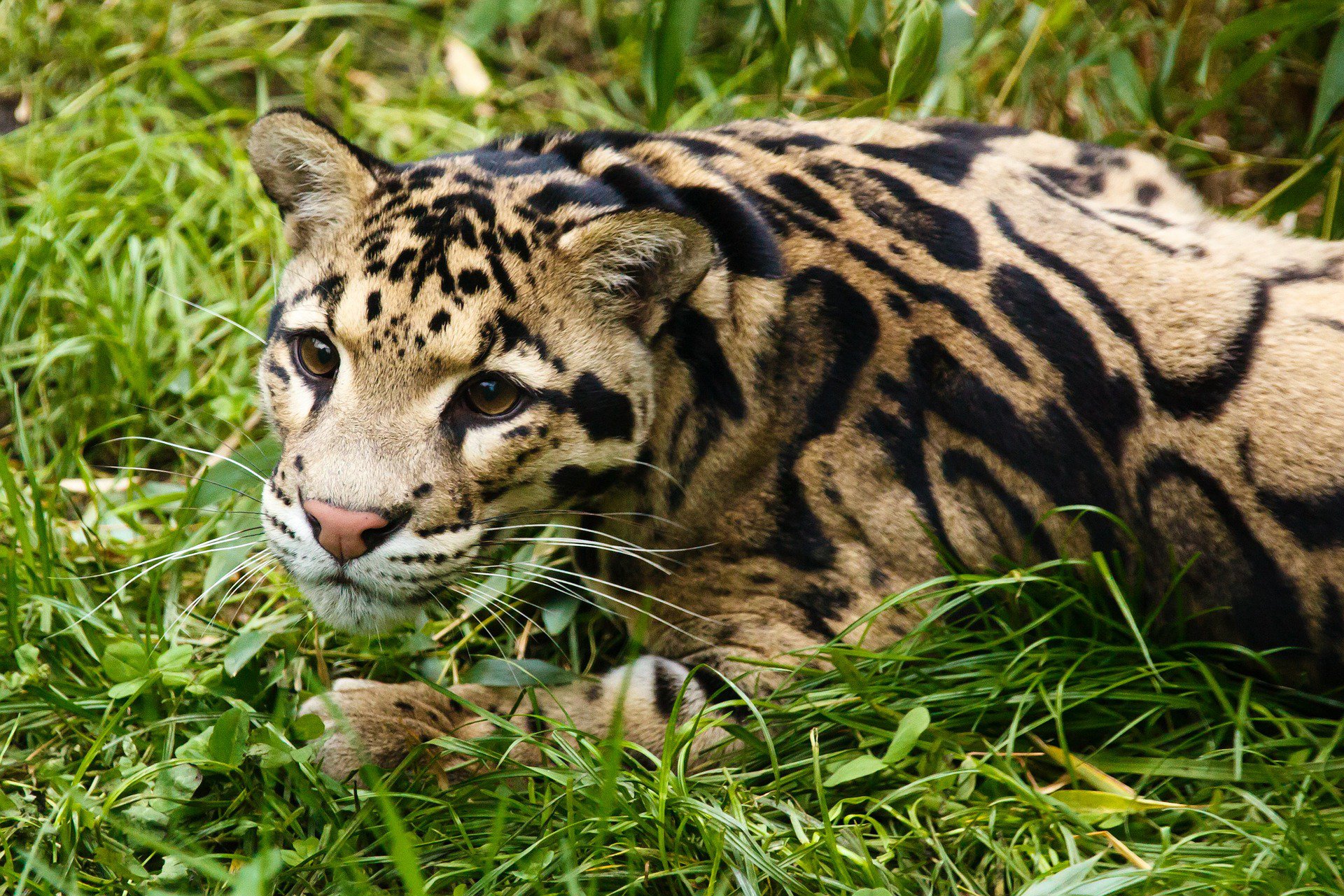
Talking about the rare leopards, an Arunachal Pradesh-based conservation anthropologist said:
We have found them at heights above where the trees end. They are residents of the area and are reproducing there, which indicates that there is enough food and forest cover for them to do so.
-Sahil Nijhawan
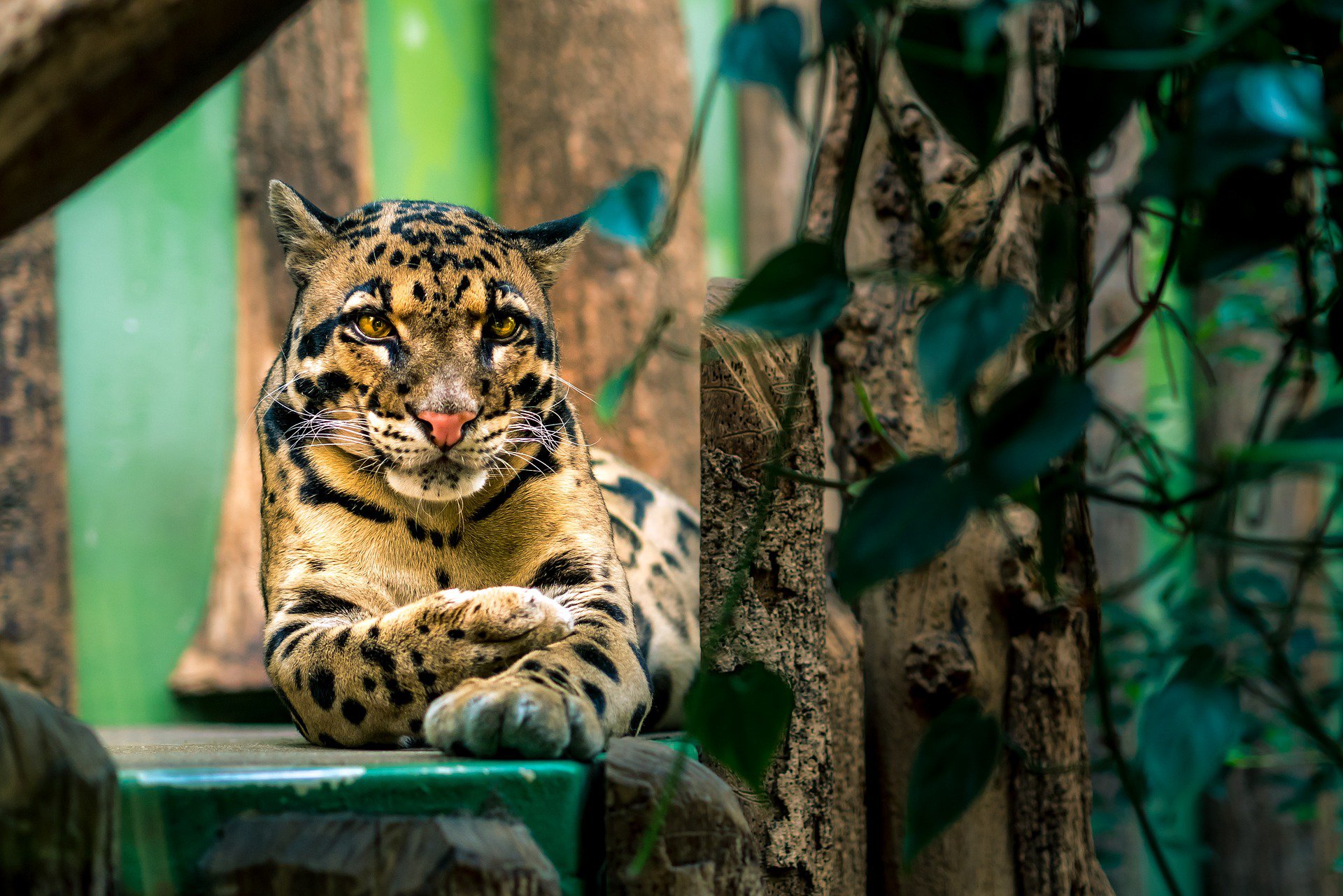
The leopard is known as Khephak in the local language, which means a big grey cat.
The researchers, who spotted the elusive leopards, published their findings in the Winter 2021 issue of the Cat News, the IUCN/Species Survival Commission (SSC) Cat Specialist Group’s biannual newsletter.


















